The consumer price index, a key inflation barometer, rose 3% in September from a year earlier, the Bureau of Labor Statistics reported Friday. That’s an increase from 2.9% in August but below economists’ expectations.
“Core” commodities — which exclude volatile food and energy prices — also rose 3% in September from a year earlier.
“Inflation is uncomfortably high and is set to accelerate further in the coming months,” said Mark Zandi, chief economist at Moody’s.
The CPI tracks how quickly prices rise or fall for a basket of consumer goods and services, from coffee and bananas to club memberships and concert tickets.
The ongoing government shutdown delayed the release of CPI data to Friday from Oct. 15. Without any other economic data, the report provides a look at the state of the U.S. economy ahead of next week’s Federal Reserve meeting. The CPI release also enabled the Social Security Administration to announce the 2026 cost-of-living adjustment, which affects about 75 million people.
Gasoline prices notched the biggest gain, jumping 4.1% from the previous month.
‘The 3% mark’
As it stands, inflation is still well above the Fed’s 2% target and remains “sticky around this 3% level,” said Mike Pugliese, senior economist at Wells Fargo Economics.
Inflation rose rapidly in 2021-22, then slowed, Pugliese said, but “in the past 12 months it’s just gotten stuck.”
From a psychological perspective, “the 3% mark is a line in the sand,” said Stephen Kates, a financial analyst at Bankrate. “It continues to be concerning to see inflation rise.”
The tariff effect
“The higher tariffs are adding to inflation, as evidenced by higher prices for beef and coffee, household furnishings, appliances and apparel,” Zandi said. A large share of these goods is imported from overseas.
Still, longer-term inflation expectations are somewhat muted and will likely fall by the second half of next year, Pugliese said, “particularly as the one-time hit to higher prices due to tariffs fades.”
Tariffs are a tax on imports from foreign nations, paid by U.S. entities that import the good or service. Businesses often bear some of the cost and pass it on to consumers through higher prices.
The size and extent of the tariff hit is still uncertain, economists say. But consumers could experience an overall average effective tariff rate of about 15% as trade negotiations play out, according to Zandi. That’s up from where it stands now at around 10%.
An Oct. 17 analysis by the Budget Lab at Yale found that the current tariff policies in effect are expected to cost each household $1,800, on average, in 2025.
“The pass-through has been delayed, in part because of the state of tariffs is all over the place and businesses want to wait and see where tariffs land before they raise prices,” Zandi said. “Companies don’t want to get caught up in the political buzzsaw, but that pass-through will occur.”

September’s inflation information, which was scheduled to be released Oct. 15, was delayed due to the government shutdown and comes amid a lack of other economic data.
Bureau of Labor Statistics workers were called back to release the consumer price index report because it is used to index Social Security cost-of-living adjustments, which were announced Friday.
The inflation report is also key for Fed policymakers, with all other data collections and releases suspended during the shutdown.
The central bank is expected to cut interest rates by a quarter point at its upcoming policy meeting next week, even though that could risk keeping inflation elevated, economists said.
“When you are in this data desert that we are in, you are going to argue for continuing on the path you are on, and that would suggest a rate cut,” Zandi said. “With no data, I think they stick to script.”
Trump has been highly critical of Fed policy, repeatedly saying that rates should be sharply lower. Additional BLS data could bolster the argument for further cuts, Bankrate’s Kates said, particularly if the monthly jobs report had shown more softening.
“It is a little bit backwards to tie the Fed’s hands when the data almost assuredly supports the position the administration wants,” Kates said.
Subscribe to CNBC on YouTube.

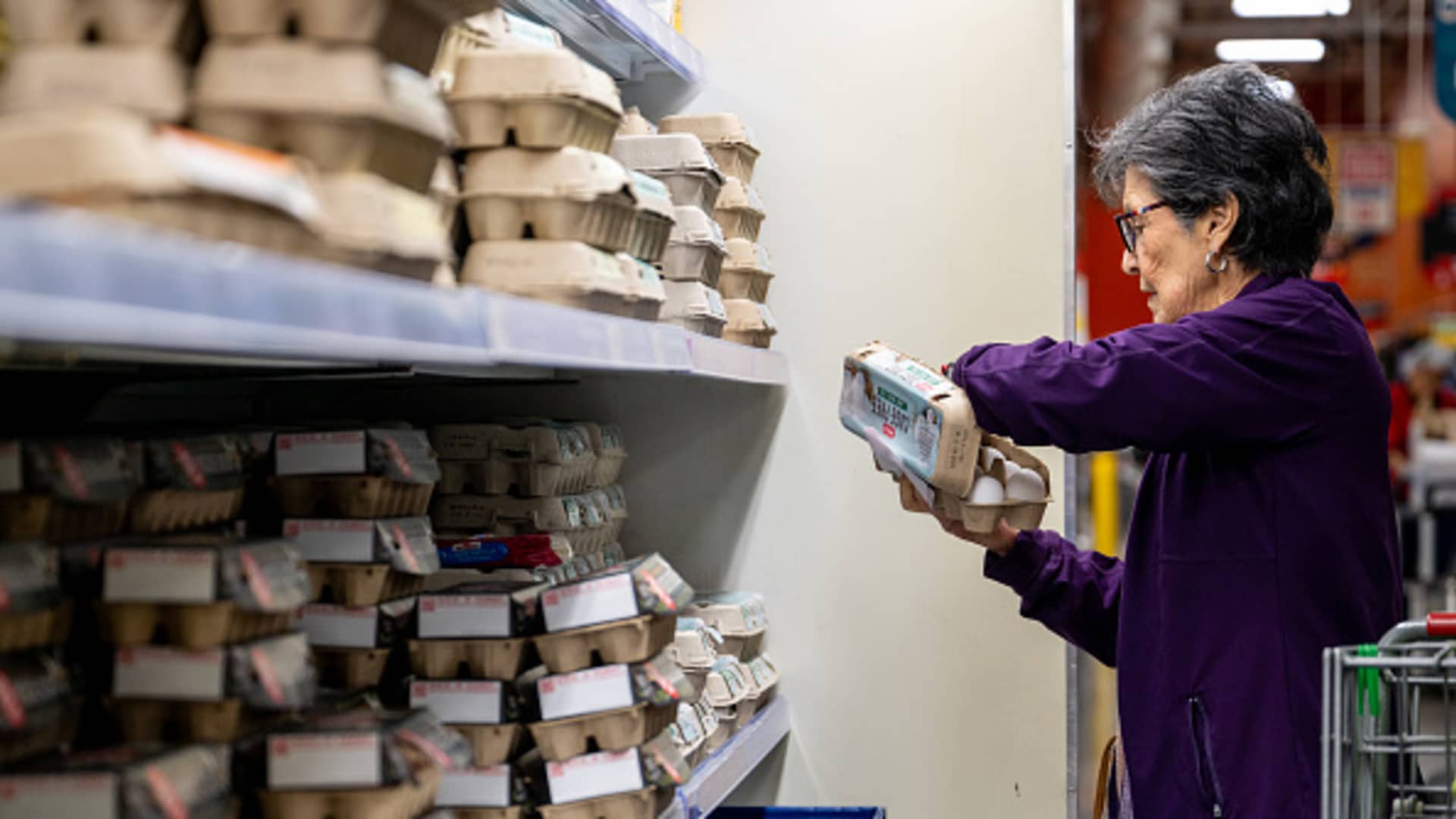

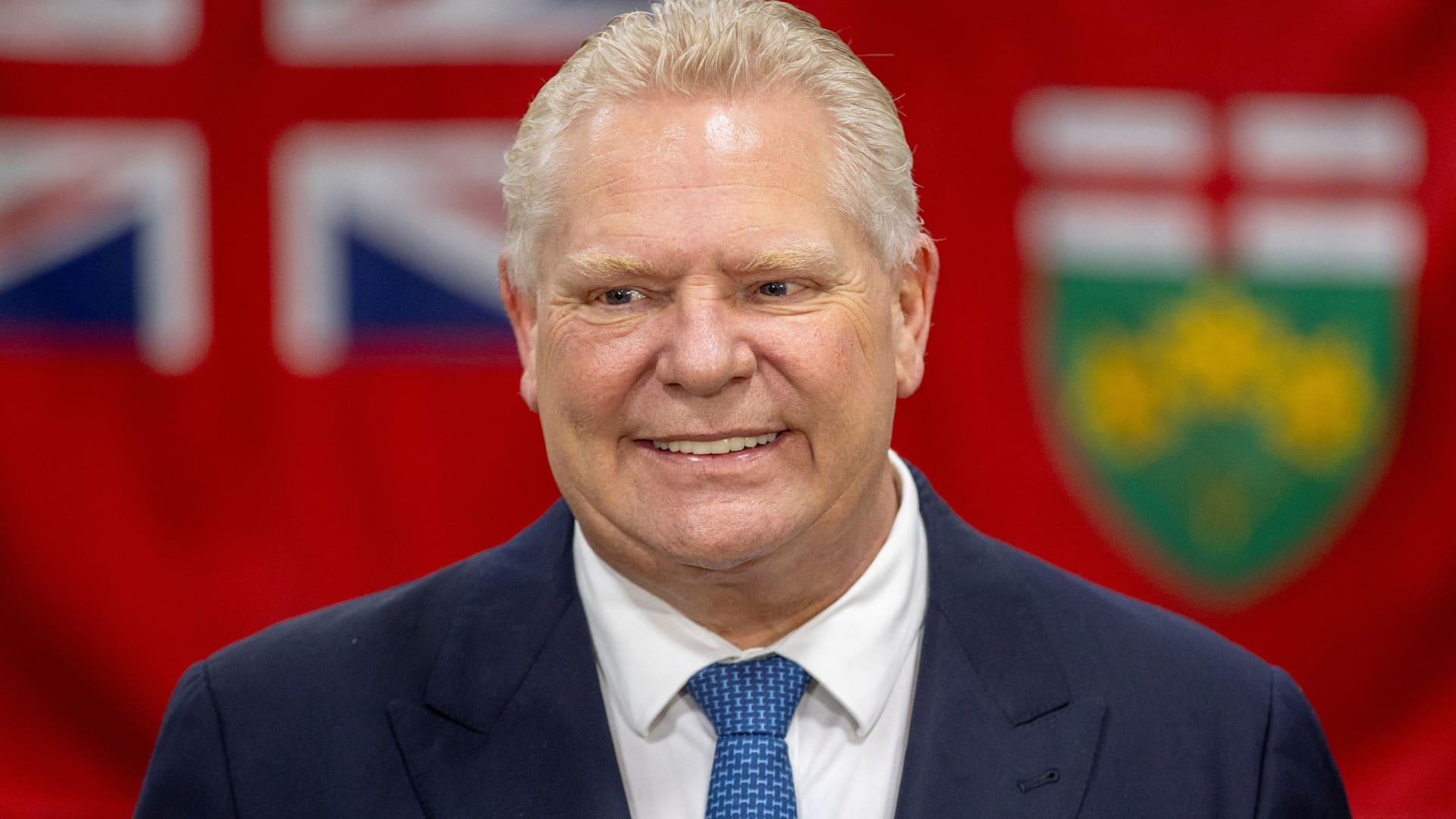




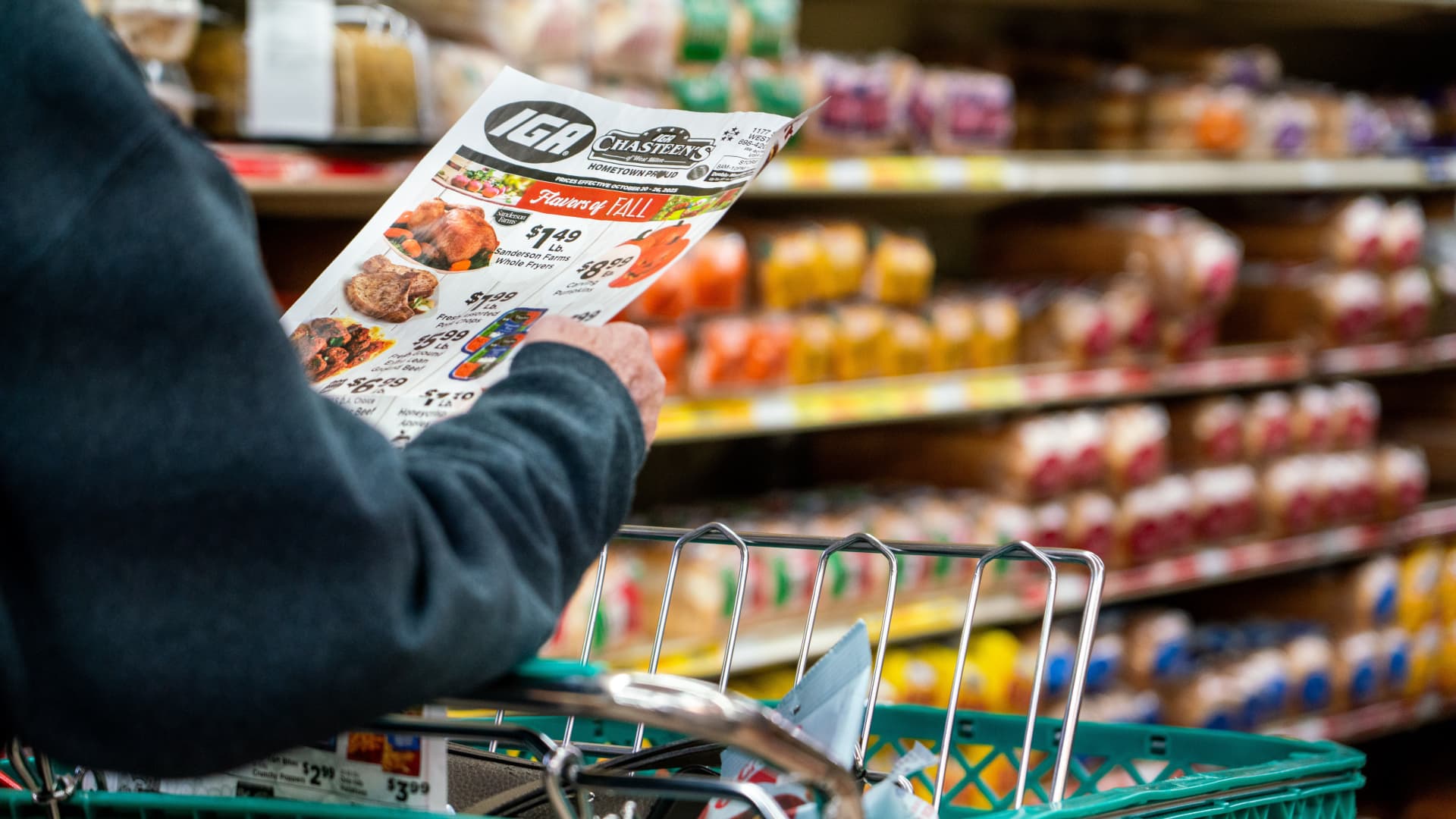
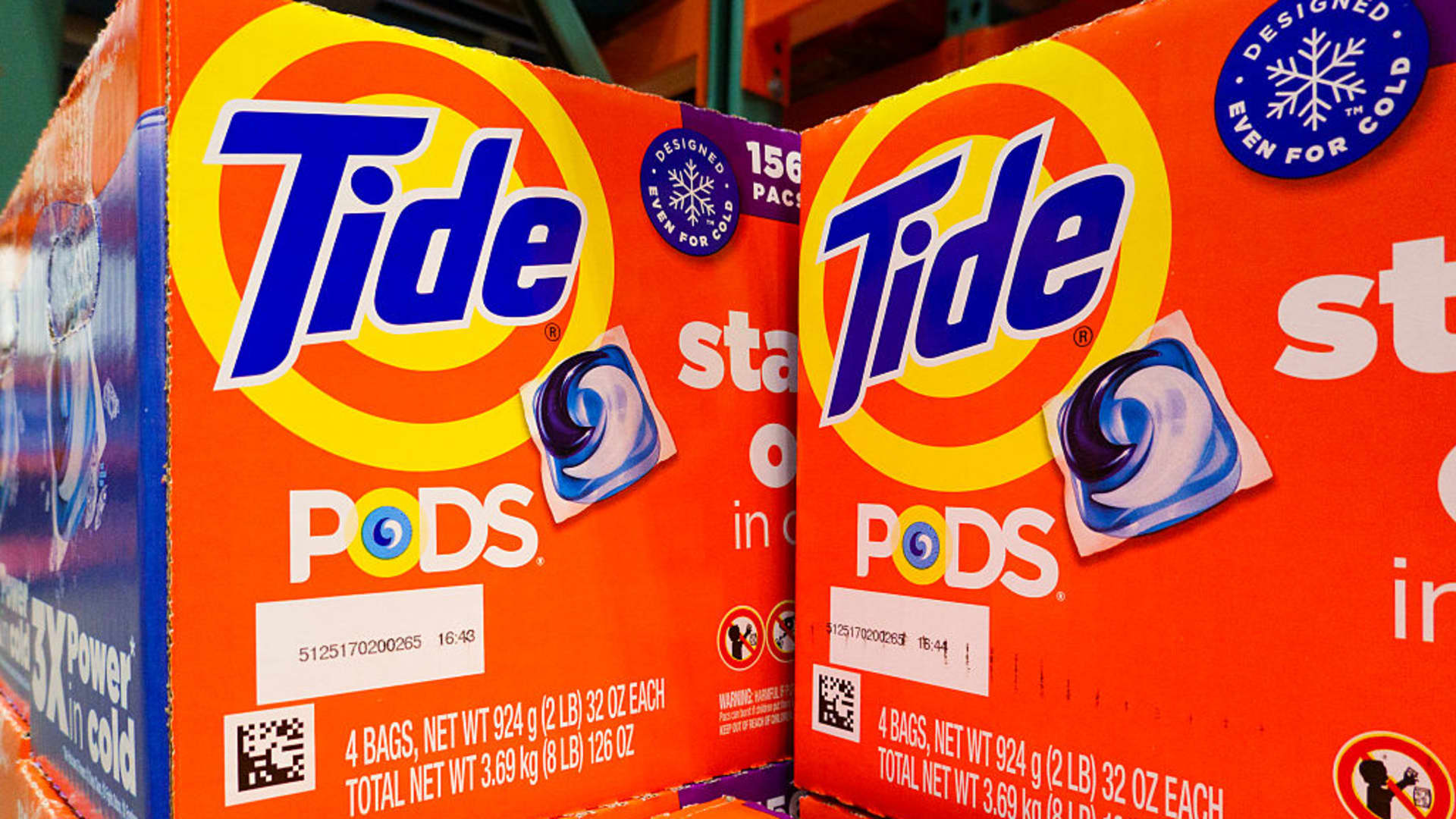





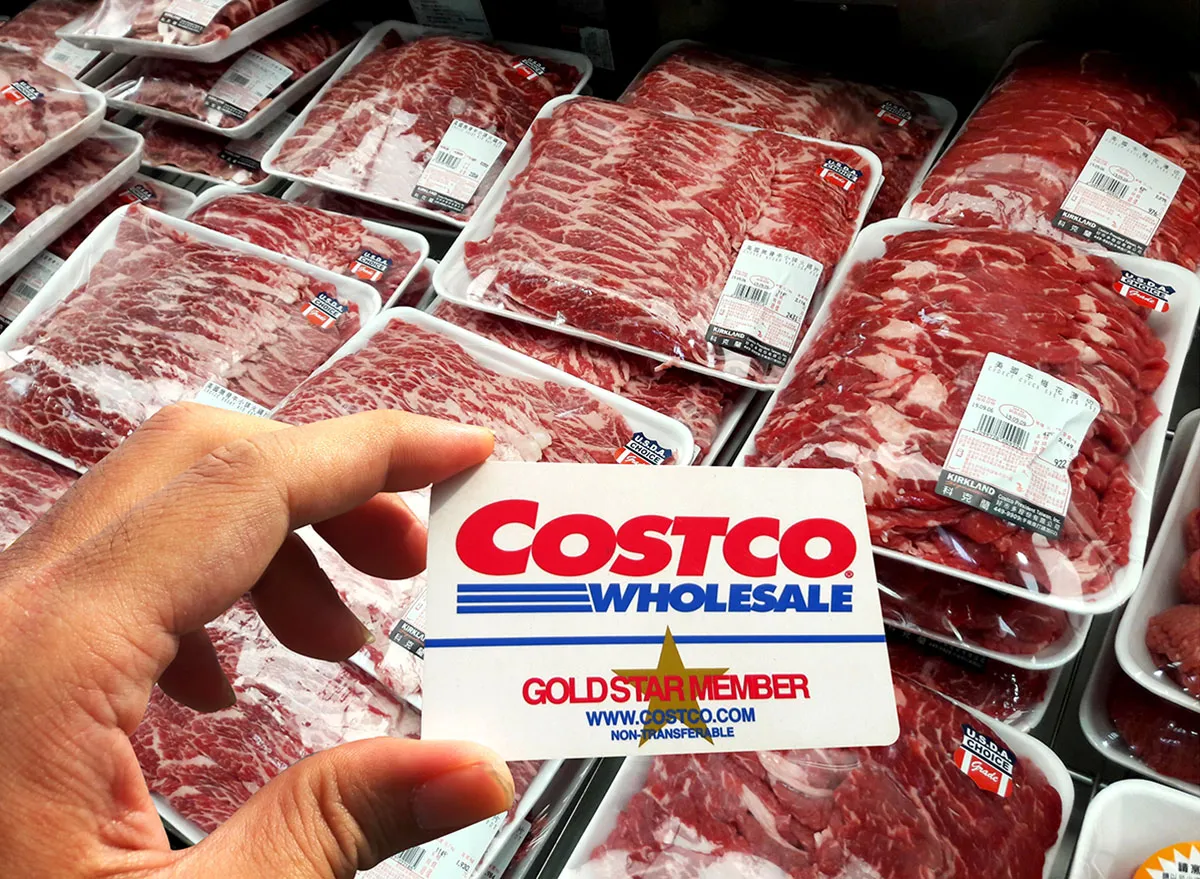
Leave a Reply